Malta Itinerary: 3 Days, 3 Islands
Tucked just off the Catanian coast of Southern Italy, and fringing the forefronts of Northern Africa, lies one of Europe’s best-kept secrets. Officially known as the Republic of Malta, this idyllic island country is teeming with European, Arabian and African influences.
Threaded with abundant limestone coastlines, Malta fuses ample cultural influences, architectural gems and awe-worthy crystal blue waters, making it a heavenly bucket list destination.
This Mediterranean gem seriously boasts some of the best beaches Europe offers. If you are planning to travel to this series of islands, this guide will assist in planning your three days in Malta.
With an eclectic array of diving and snorkelling opportunities and the world’s highest concentration of historical sights across the entire planet, there’s more than enough to satisfy water enthusiasts and history fanatics alike!
This three-day Malta Itinerary hits all the highlights and covers the three main islands of Malta, Comino and Gozo.
This loose schedule sets aside plenty of room for spontaneity and adventure, as all the significant landmarks are in areas open to many possibilities.
If you’re looking for the best things to do in Malta, be sure to save this itinerary for later.
So, let’s get to it. Here’s how to spend three days in Malta.
Malta Itinerary: Day 1
Malta (Main Island)
Morning: St John’s Cathedral
Begin your 3 Day Malta Itinerary at one of the island’s show-stopping attractions. The Roman Catholic St. John’s Cathedral is a quintessential way to kick off your trip. As one of the most significant landmarks in Malta, this is a must-see for culture vultures and art enthusiasts alike. Boasting Baroque art and relics, St John’s Cathedral has a wealth of statues, marble floors, and intricately detailed ceilings. If you’re on the hunt for things to do in Malta, this history-rich gem is an absolute must! Top tip: Arrive early to ditch the crowds!
Admission is 15€ for adults and 7,50€ for students. Anyone under the age of 12, as well as seniors and students, are permitted free entry.
Opening times are from 9:30 am until 2:30 pm, Mondays through Saturdays. Remember that the last entry is permitted 30 minutes before closing.
Alternatively, if you’re left with some time to spare, head over to the ancient-walled, medieval city of Mdina. Once known as the ‘Silent City’, lamp-lit Mdina is nowadays anything but quiet. Teeming with a timeless ambience, the city boasts many religious and cultural treasures. You’ll encounter grandiose palaces, archaeological ruins, and millennia-old monasteries in the narrow alleyways.
Look out for the Roman Villa (Domus Romana), St. Paul's Grotto, and St Paul’s Catacombs. If you admire archaeology or get hysterical over history, Mdina is one of the top things to do in Malta.
Afternoon: Coral Lagoon (Mellieha)
When the heat of the day starts to kick in, there’s no doubt you’ll be left craving a quick dip to refresh and replenish. Head out of the hustle and bustle of the main island and get down to Mellieha. Situated towards the northern end of the island, close to Armier Bay, the Coral Lagoon (Mellieha) is a natural wonder popularised by snorkelers, swimmers, and divers alike. With turquoise waters and underwater caves, this sight sure will leave you stoked.
The current cave boasts a steep hole enclosed by rounded walls. These somewhat symmetrical walls vertically plunge into the naturally-formed, crystal-clear pool of water. If you’re up for an adventure, you can jump in for a swim or snorkel; however, beware of strong winds, as the waves can get pretty rough.
*If you’re after a bit more serenity, check out one of the nearby beaches: Armier, White Tower, Ramla, Paradise Bay, or St Peters Pool.
Evening: Valletta
Bring the first day of your Malta itinerary to a close in the metropolitan heart of the main island, Valletta. Perched with a panoply of plentiful things to do and see, you’ll be kept on your feet until the night ends.
With an influx of restaurants, bars and cafes popping up daily, you’re guaranteed to find quality bites to replenish all that energy you exerted earlier that day.
Malta’s capital city, Valletta, is dotted with unique finds, trendy bars, and shopping boutiques. If you’re searching for things to do in Malta, Valletta will have all the answers.
Once the day's heat has somewhat subsided, roam the streets and explore the best of what Valletta has in store. As you stroll through the maze-like grid of narrow streets, you’ll stumble upon a handful of fountains, piazzas, churches, museums, and palaces infused with modern-day day cafes, fashion boutiques, and other trendy stores.
And to add to the mix, there are even a few hidden gardens. Immerse yourself in the greenery at the Upper Barrakka Gardens or the Hastings Gardens.
Malta Itinerary: Day 2
COMINO ISLAND
Kick off day two of your Malta itinerary on a high note! Perched midway between Gozo and Malta’s main island lies the paradisial Comino Island. Spanning a small fair few kilometres, this virtually uninhabited island reels in diver devotees, spirited snorkellers and passionate photographers, amongst other watersports enthusiasts.
Avid swimmers and a handful of daring doggy paddlers swarm to the island’s main attraction, the Blue Lagoon. And there’s a reason why so many crowds can be found tending to their towels here. The sheltered inlet boasts blindingly blue, awe-worthy aquamarine water. I’m telling you. This island is home to the most blue-ass water I have ever seen. Hands down. And if that alone still leaves you asking, ‘‘Is Comino Island worth visiting?’’, then the white, finite sand and unique terrain teeming with flora and fauna will be the ultimate deal breaker. As one of the best things to do in Malta, a day trip to Comino is a once-in-a-lifetime experience.
Walking Tracks
The crowds will eventually disperse the further you walk (big surprise: most people are lazy and want to plant le’ boot-ay in the first spot they see fit).
If you want your little slice of paradise, I’d recommend enduring the heat and walking it out. Amongst the greenery, you’ll even be able to smell the scents of wild thyme and fresh herbs.
Stepping outside of the crowds offers some seriously sublime scenery, making for one of the best things to do in Malta. Here are some walking track options to consider:
Blue Lagoon > Santa Maria Bay: 20 minutes walking
Blue Lagoon > Crystal Lagoon: 10 minutes walking
Blue Lagoon > Saint Mary’s Tower: 20 minutes walking
Cominotto Beach
If you’re up to it, you can swim (or doggy paddle) from the Blue Lagoon to Cominotto Beach. There’s an abundance of cool caves and untouched inlets to be explored and evidentially fewer people. Bring a pair of water shoes if your feet are sensitive, as the area is pretty rocky.
Comino Island Travel Tips: Upon arrival, walk for as long as possible towards the island's centre. Unfortunately, there’s not much shade, so be sure to bring heaps of sunscreen so you don’t look like a freshly cooked lobster. Pack your own water and snacks, as the local kiosks are relatively expensive and have limited options. *If possible, limit the consumption of plastic bottles, food packaging, etc., because there are next to no bins located here.
How to Get to Comino Island
If you’re planning a Malta itinerary with a family, I’d recommend arriving at Comino Island earlier in the day. Aim for between 9 am and 11 am. And if you’re heading in a couple or group, I’d recommend going in around midday or early afternoon. Most boat trips include a trip through the surrounding caves, so be sure your camera is ready. The last departure time from Comino Island is around 4 pm.
To get to Comino Island, you must catch a boat or ferry from Gozo or Malta. A return ticket should cost around €10 - 20 return, with boats departing every half an hour or so. Keep in mind that pricing can vary, depending on the company.
There’s also the option of hiring your own boat; if you don’t have a boat license, there are even a few self-drive options. I’d highly recommend this option as you can get there as early as you want (before the flocks of tourists arrive) and stay ‘til your party pants turn purple.
Malta Itinerary: Day 3
Gozo
Begin the last day of your Malta itinerary up in Gozo! Located 5km northwest of Malta’s main island, Gozo is coined for its excellent diving sites and remarkable natural wonders. Accommodating a more rural character, this island will not disappoint those looking to escape the resort-style frenzy of the main island.
Amongst the myriad of Mother Nature’s wonders dominating the scenery, you’ll be enticed by Gozo’s millennia-old culture threaded throughout the region. Teeming with an intoxicatingly tranquil coastline, the island’s picturesque panoramas proffer possibilities like hiking untouched country trails, rock-climbing limestone mountains, exploring traditional villages, and visiting Baroque churches.
Morning: Victoria, the Citadel & The Basilica
The geographical heart of Gozo, Victoria (Ir-Rabat), is teeming with many markets, shops, and eateries.
There’s a sense of relief that comes with Ir-Rabat’s timeless, laid-back atmosphere as you stroll through the winding alleyways and soak in the thriving cultural scene.
If you’re looking for fresh, local produce, you’ll be sure to find it here. Head to Victoria’s Market for quality cheese, wine, antiques, arts, and knitwear.
Gozo is home to a remarkable Roman Catholic Basilica named the Basilica of the National Shrine of the Blessed Virgin of Ta' Pinu.
Replete with a rich history, this architectural gem is topped with exceptional sea views serving as a backdrop amongst sublime sculptures crafted with Maltese stone. This is part of the itinerary that can be done briefly and is best approached as more of a pit stop along the route. Trust me; you’ll want to set aside time for what’s coming next.
Early Afternoon: Blue Hole and Fungus Rock, Gozo
Located near Dwejra Point, the Blue Hole is a spectacle voted as one of Europe’s top diving sites. Rocks engulf this site, boasting a sizeable circular limestone rock pool.
The Blue Hole and Fungus Rock are rich in sea life, with octopus, starfish, and sea urchins, among many other creatures gracing the waters.
*Please keep in mind that if you plan on entering the water, you’ll need shoes or even boots. This is because the rocks are sharp and uneven. Always take into consideration the strength of the waves before entering.
How to get to the Blue Hole:
From the heart of Victoria (Rabat), take the exit towards San Lawrenz and continue towards the coast. There is a large parking area in which you leave your vehicle. To the right of the car park, a rough path leads down the valley. Descend the steps and continue along until you reach the sea. The best part? It’s only a few minutes walking distance!
Late Afternoon: Wied il-Għasri & Ramla Bay
After yet another big day of exploring, there’s no doubt you’ll be feeling it by the afternoon. To finish off your trip, head down to Wied il-Għasri. Pack yourself a picnic of fresh, local ingredients, and get ready to bury your butt into the sand. Don’t forget a towel unless you fancy a dirty butt. Wied il-Għasri is a scenic cove with crystal clear waters; sitting down to absorb the unique landscape will put the cherry on top of your trip.
The stunning landscape here will leave you in rapture, and there’s no doubt you’ll see why it’s coined as one of the top things to do in Malta. If you’re seeking a little more serenity, the noteworthy red-sand beach called Ramla Bay is just a short drive away. It can get windy here, but it’s a beautiful spot if you’re feeling up for it.
More Activities in Malta
Looking for more inspiration for your holidays in Malta? Spice up your itinerary with these adventure-packed activities:
Malta Itinerary for 5, 7 & 10 days
Malta Itinerary for 5 Days
Day 1: Valletta & Malta Island (Main Island)
Day 2: Comino Island
Day 3: Gozo & Blue Hole
Day 4: Golden Bay Beach and Mdina
Day 5: The ‘Three Cities’: Birgu (Vittoriosa), Senglea and Cospicua
Malta Itinerary for 7 Days
Day 1: Valletta & Malta Island (Main Island)
Day 2: Comino Island
Day 3: Gozo & Blue Hole
Day 4: Golden Bay Beach and Mdina
Day 5: The ‘Three Cities’: Birgu (Vittoriosa), Senglea and Cospicua
Day 6: Bugibba & St. Paul’s Bay
Day 7: Coral Lagoon (Mellieha)
Malta Itinerary for 10 Days
Day 1: Valletta & Malta Island (Main Island)
Day 2-3: Comino Island
Day 4: The ‘Three Cities’: Birgu (Vittoriosa), Senglea and Cospicua
Day 5-6: Bugibba & St. Paul’s Bay
Day 7: Marsaxlokk
Day 8: Gozo & Blue Hole
Day 9: Coral Lagoon (Mellieha)
Day 10: Golden Bay Beach and Mdina
Best Time to Visit Malta
If you’re planning a Malta Itinerary, you’re probably wondering when is the best time to visit. That answer depends on your travel budget, style and personal preferences.
The country’s climate is Mediterranean, with hot and dry summers from June to September. Compared to the summer, the springtime (April, May and June) and autumn (September, October and November) boast fresher days and more bearable evening temperatures. With calmer and cooler waters, spring and autumn are the best seasons to enjoy more affordable accommodation, airfares and activities.
During the summer season, you can bask in temperatures higher than 24°C. As winter starts to roll in, the temperatures start to dip down to 18°C, while December to February boasts a bit of rain and wild weather. If you’re interested in sightseeing, the winter could be a budget-friendly time to plan your Malta itinerary.
Where to Stay in Malta
So, now that you’re familiar with the best time to visit and how to spend 3 days in Malta, it’s time to figure out where to stay.
With a vast accommodation scene, there’s everything from high-end resorts and hotel stays to affordable Airbnbs and backpacker-based hostels. Before you set your Malta itinerary in stone, here are some of the top neighbourhoods to consider.
Valletta
Valletta, the capital city, is the country’s well-known walled fortress, and it’s brimming with churches and museums. This is an ideal choice if you’re thinking about where to stay in Malta for the first time. Proudly pinned as the smallest capital city in the European Union, this northern hot spot oozes charm and ushers in a sense of romance. Known for its maze-like, pedestrianised streets and huge haul of highlights, the Maltese capital is perfect for first-timers, couples and history enthusiasts.
Mellieha
If you’re wondering home to spend 3 days in Malta, Mellieha is located directly on the bay and is home to a myriad of mid to high-range hotels. This district is filled with fabulous eateries and less nightlife than the capital city, Valletta. If you’re seeking tranquillity but still want convenience, Mellieha is a great choice.
Sliema
Sliema is known as the commercial capital of Malta, making it an ideal spot for those who love shopping and fine dining experiences. Sliema is fringed with some of Malta’s most exclusive resorts. If you want a luxury-style experience, this is a top pick for your Malta itinerary.
Gozo
Coined as the second-largest city in the Maltese archipelago, Gozo is the perfect place to unwind, disconnect and lose track of time. Boasting a serious lack of nightlife, this quaint city is home to stunning, secluded beaches, local cafes and family-run restaurants. Gozo is one of the best places to stay in Malta for families, couples and those seeking a calm getaway. If you’re a wine enthusiast, there are also some local vineyards to visit. Bottoms up!
St Julian’s
If you’re wondering how to spend 3 days in Malta, make sure you factor in St Julian’s. This former fishing village is situated between Balluta Bay and Spinola Bay. Located on the other side of Sliema than Valletta, this urbanised district is the perfect fit for nightlife enthusiasts. Where are my fellow party animals at? Yeehaw!
If you want to let loose in the nightlife scene, St Julian’s is next to the island’s party paradise known as Paceville. The northern front of the St Julian’s district is home to extravagant 4 and 5-star hotels, but you’ll also find a bounty of boutique accommodations. If you’re a young traveller looking to socialise, this area could be the best place to base your Malta itinerary.
Il-Gżira and Msida
Il-Gżira and Msida are both known as the Maltese residential areas, making them ideal spots for those who want a local experience. With plenty of affordable accommodations and eateries, these are the ideal spots for backpackers and budget-conscious travellers. These two towns in Malta are well-connected with public transport, so if you want to explore without driving, you should be able to manage just fine.
St Paul’s Bay
If you’re planning a Malta itinerary, St Paul’s Bay is perfect for those seeking sun, sea and non-stop parties. If you’re looking for the best area to stay in Malta for beaches, St Paul’s Bay is a convenient and well-connected spot. This site boasts big resorts and endless activities, so it’s an ideal option for those looking for the best of both worlds.
St Paul’s Bay hones in on comfortable access to a handful of Malta’s best beaches. The town is teeming with cute cafes and trendy restaurants. Compared to Sliema and St. Julian’s, St Paul’s Bay is more peaceful and laid back. This is one of the top places to stay in Malta for families and young travellers.
Top Malta Hotels:
€€€: Roselli
How to Get Around Malta
Now that you’ve got your Malta itinerary almost down pat, it’s time to think about how you’ll move around.
Walking? Cycling? Drucing? Moonwalking? Possibly. It all comes down to you. This ethereal European archipelago is home to a variety of transportation options, including buses, ferries and more. Here’s everything you need to know about how to get around Malta.
Buses
Public buses are one of the most common modes of transportation in Malta. The Maltese bus network operates across most of the island, including top tourist attractions and famous destinations. Buses are run by Malta Public Transport (MPT) and the major bus terminal is situated in the capital city, Valletta. You can purchase bus tickets directly on board from the driver, or, you can opt for a Tallinja Card.
Rental Cars, Scooters & Motorcycles
Renting a car, scooter or motorbike offers comfort, freedom and flexibility in your Malta itinerary. You can book the vehicle of your choice in advance or upon arrival. If you plan a trip to Malta during the high season, I suggest you book well ahead of time.
Scooters and motorbikes are easier when it comes to navigating narrow streets and coastal highways. Another benefit is that you can also speed through the traffic jams and avoid car-related parking problems in congested areas. Although a motorbike is quicker and more cost-effective, it may not be the best option if you’re travelling in the heat of the summer months.
Just like in Melbourne, London and New Zealand, locals drive on the left-hand side of the road in Malta. Sure, it is technically considered Europe, but European driving laws don’t count!
Walking and Bicycles
Of course, you can use your twinkle toes. Feet first, baby! Walking is an excellent choice, and considering that many of Valletta’s major attractions are within walking distance of each other, you might as well. Be sure to wear comfortable walking shoes and bring water, especially in the hotter months. Malta is home to a growing network of cycling lanes and paths. Most of the main districts have become bicycle-friendly and some hotels have bicycles for hire. If you’re eager to get your heart rate up and get away from the busier areas, cycling is a suitable option way of getting around Malta.
Ferries
If you want to visit Malta’s sister island, Gozo, you can board a ferry from Ċirkewwa (in Malta) to Mgarr (in Gozo). Gozo Channel operates an affordable ferry service and takes around 25 minutes to arrive there. In the majority of seasons, ferries operate frequently throughout the day. You can choose to walk on as a foot passenger or drive on board with your car, scooter or motorbike.
FAQS
Are 3 days enough for Malta?
72 hours is ideal to see the highlights like St. Johns Cathedral in Valletta, Comino Island and the Ggantija Temples in Gozo if you want to fully explore the islands, set aside at least one week.
Are the three cities of Malta worth visiting?
The Three Cities is a must-see stop in any Malta Itinerary. Birgu (Vittoriosa), Senglea and Cospicua are easy to visit from the nation’s capital, Valletta.
How many days are enough to see Malta?
In 3 days, you’ll see the main cities and Comino Island. 5 days allow you to extend beyond that and see the Three Cities, plus Gozo. In 7 days, you’ll enjoy time around the top beaches (and there are many of them!).
How to spend 3 days in Valletta?
Malta’s capital city has highly-rated tours, authentic restaurants and unique attractions. From Casa Rocca Piccola and Grandmaster’s Palace to the Barrakka Gardens and Auberge de Castille, there are many things to do in Valletta.
If you want more info on all things Malta, including more comprehensive details on where to stay, what to eat, how to get around, hidden gems, and much more, check out my Guide to Malta here. This 3-day travel itinerary is a basic breakdown of Malta’s best attractions and hidden gems, and I believe that all the advice listed above will take your trip to the next level.
Which island do you look forward to visiting in Malta?

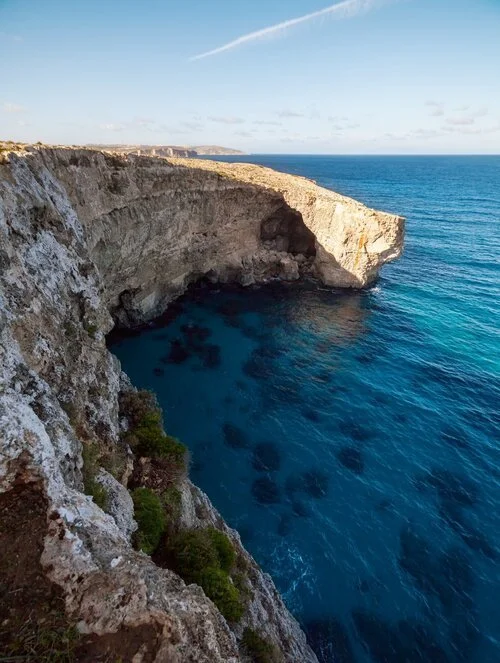
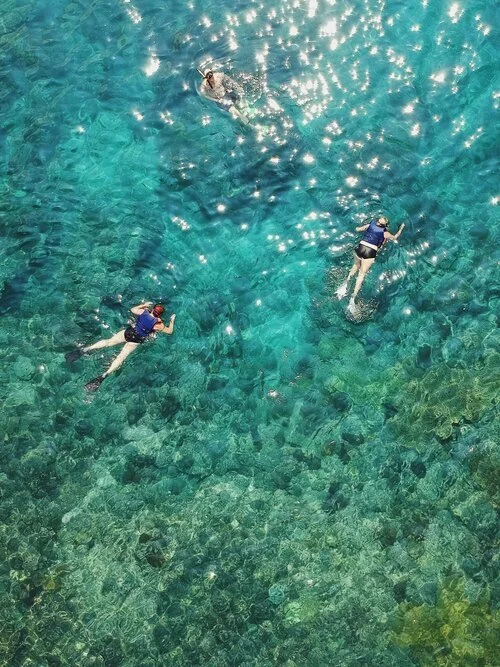
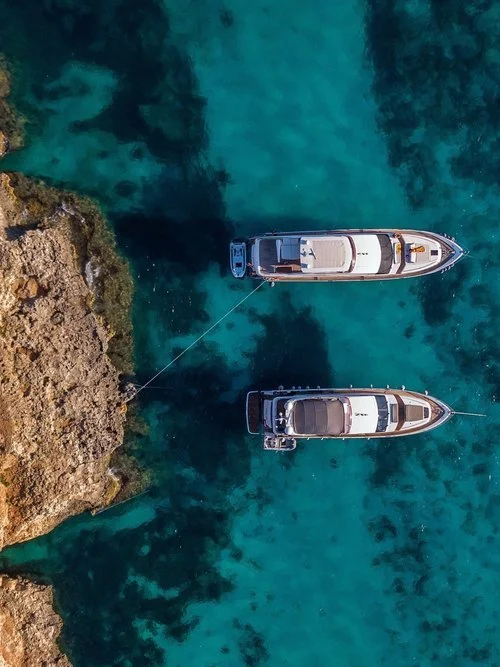
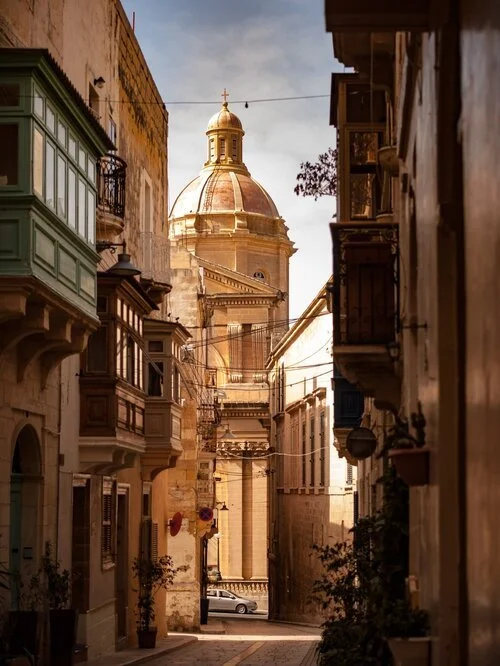

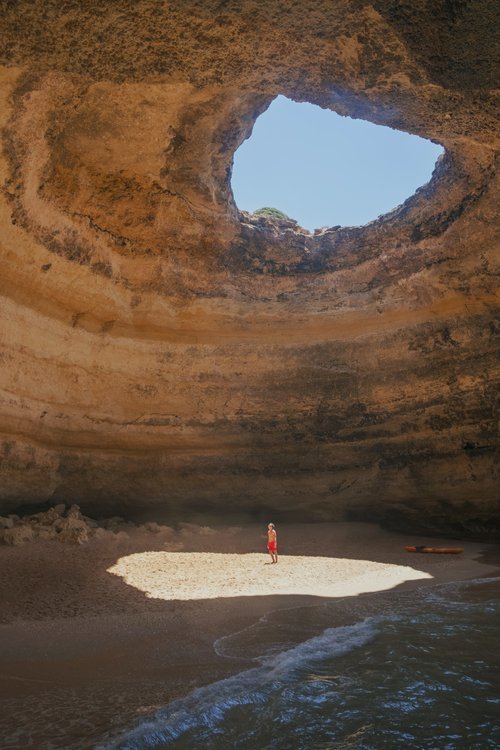

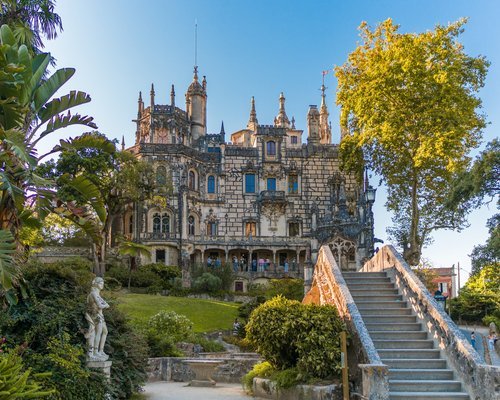
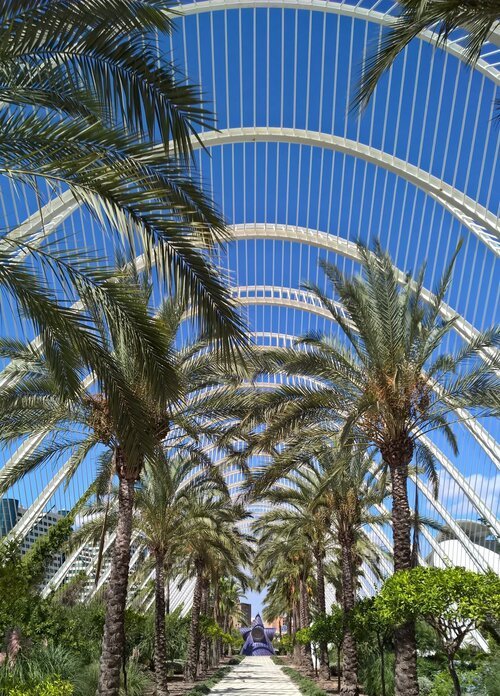
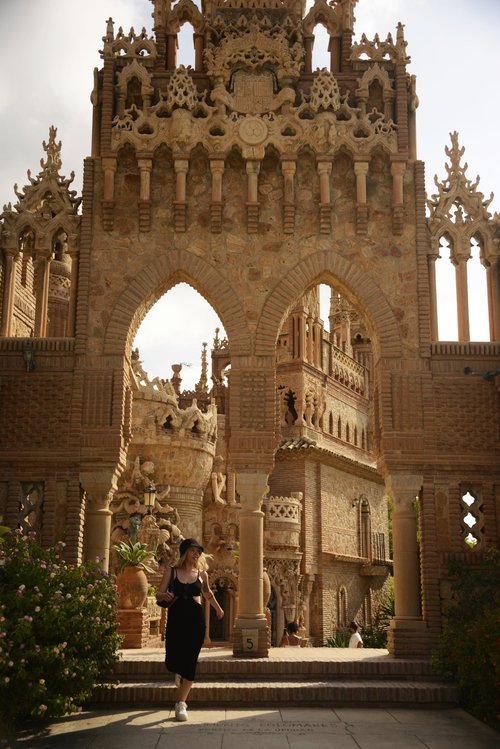
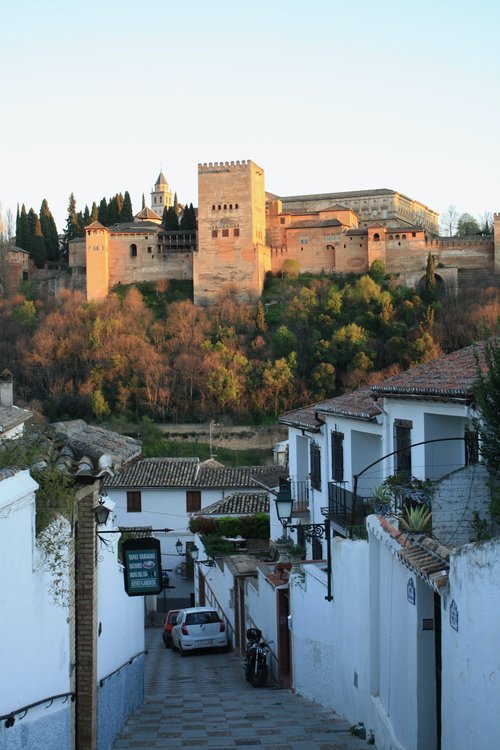


Rome is known for its historical monuments, colourful culture and delectable cuisine. There’s plenty to pack into your itinerary, but if you tire of Italy’s capital, escape on one of these day trips from Rome.